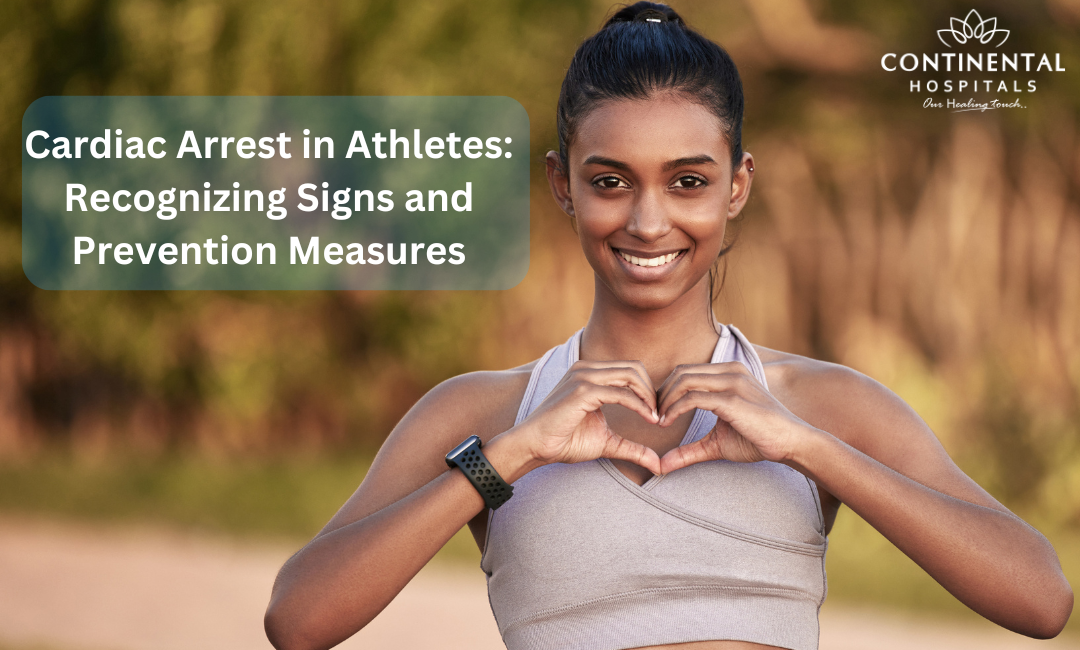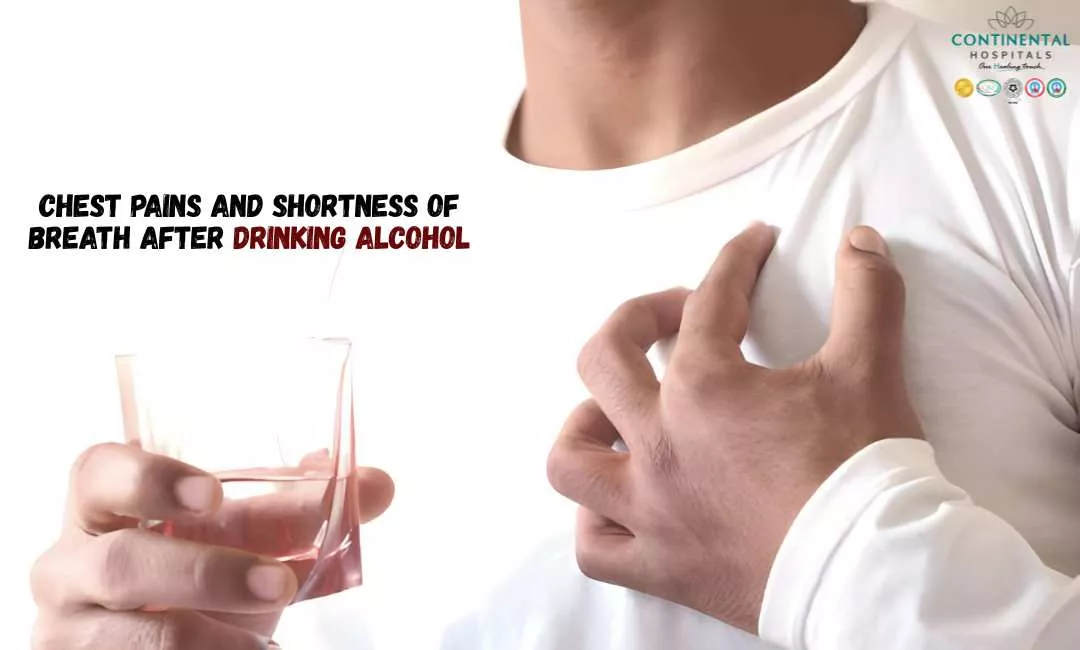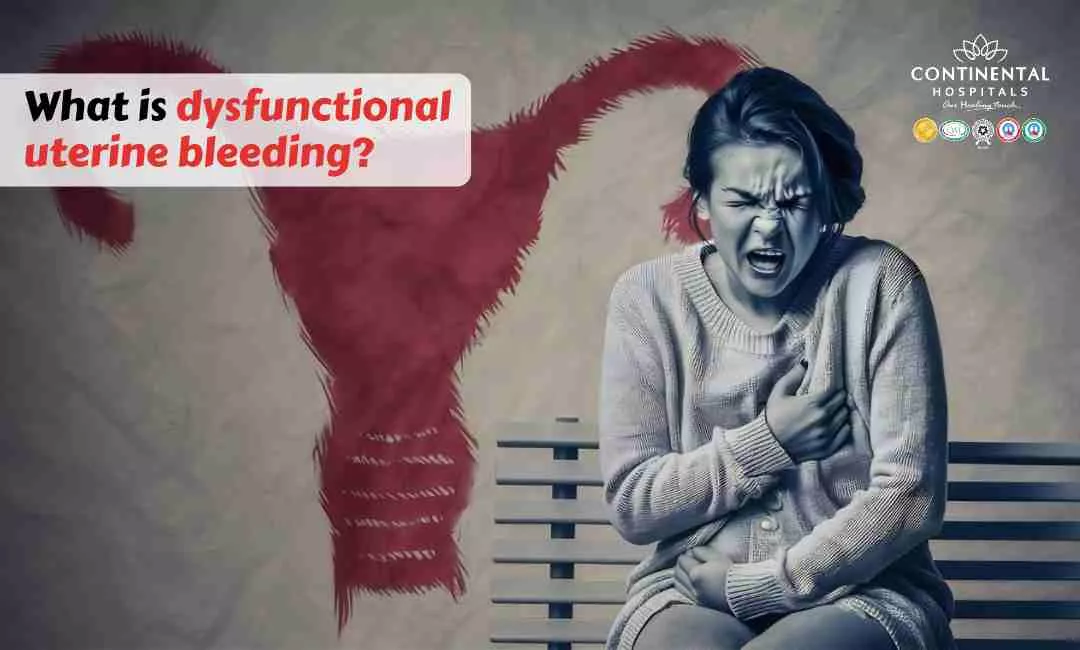In the world of sports, athletes are revered for their physical prowess and extraordinary feats of athleticism. However, beneath the surface of this admiration lies a sobering reality: athletes, despite their peak physical condition, are not immune to sudden cardiac events. Cardiac arrest, a life-threatening condition characterized by the abrupt cessation of heart function, can strike athletes unexpectedly, with potentially devastating consequences. In this article, we delve into the critical topic of cardiac arrest in athletes, shedding light on the signs and symptoms to watch for and exploring essential prevention measures to safeguard the health and well-being of athletes at all levels of competition.
Cardiac arrest is a medical emergency that demands swift recognition and immediate intervention. Unlike a heart attack, which typically results from a blockage in the coronary arteries, cardiac arrest occurs when the heart's electrical system malfunctions, leading to an abrupt loss of consciousness, cessation of breathing, and absence of pulse. While cardiac arrest can occur in individuals of any age or fitness level, athletes may face unique risk factors that increase their susceptibility to sudden cardiac events, including underlying heart conditions, excessive physical exertion, and stress-related triggers. As such, understanding the signs and symptoms of cardiac arrest and implementing proactive prevention measures are paramount to protecting the health and safety of athletes on and off the field.
Understanding Cardiac Arrest
Cardiac arrest is a life-threatening medical emergency characterized by the sudden cessation of heart function, leading to an abrupt loss of consciousness, cessation of breathing, and absence of pulse. Unlike a heart attack, which is caused by a blockage in the coronary arteries, cardiac arrest occurs when the heart's electrical system malfunctions, disrupting its rhythm and preventing effective pumping of blood to vital organs. Without immediate intervention, cardiac arrest can rapidly progress to irreversible brain damage and death, underscoring the urgency of timely recognition and intervention.
Risk Factors for Cardiac Arrest in Athletes
While cardiac arrest can occur in individuals of any age or fitness level, athletes may face unique risk factors that increase their susceptibility to sudden cardiac events. These risk factors include:
1. Underlying Heart Conditions: Certain structural or electrical abnormalities of the heart, such as hypertrophic cardiomyopathy, arrhythmogenic right ventricular cardiomyopathy, and congenital heart defects, can predispose athletes to cardiac arrest.
2. Excessive Physical Exertion: Intense athletic training and competition can place a significant strain on the cardiovascular system, increasing the risk of cardiac events, particularly in individuals with undiagnosed heart conditions.
3. Stress and Emotional Factors: Psychological stress, anxiety, and emotional trauma can trigger cardiac events, particularly in susceptible individuals with underlying heart conditions or predisposing risk factors.
Recognizing Signs and Symptoms
Prompt recognition of cardiac arrest is critical for initiating lifesaving interventions, such as cardiopulmonary resuscitation (CPR) and defibrillation. While cardiac arrest often occurs without warning, there may be warning signs and symptoms that precede the event, including:
- Chest pain or discomfort
- Shortness of breath
- Unexplained fatigue or weakness
- Dizziness or lightheadedness
- Heart palpitations or irregular heartbeat
- Fainting or loss of consciousness
Prevention Measures
While cardiac arrest cannot always be predicted or prevented, there are several measures that athletes, coaches, and healthcare professionals can take to minimize the risk and maximize the safety of athletes:
Pre-participation Screening
- Comprehensive pre-participation screening is essential for identifying athletes at risk of cardiac events. This screening may include a thorough medical history, physical examination, electrocardiogram (ECG), and additional cardiac testing as indicated.
Education and Awareness
- Educating athletes, coaches, and support staff about the signs and symptoms of cardiac arrest and the importance of early recognition and intervention is crucial for prompt response and optimal outcomes.
Emergency Action Plans
- Developing and implementing emergency action plans that outline clear protocols for responding to medical emergencies, including cardiac arrest, is essential for ensuring a coordinated and timely response.
Automated External Defibrillators (AEDs)
- Ensuring the availability of automated external defibrillators (AEDs) in sports facilities, training venues, and competition sites can significantly improve the chances of survival for athletes experiencing cardiac arrest.
Physical Conditioning and Training Modifications
- Tailoring training programs to individual athletes' needs, considering their age, fitness level, medical history, and risk factors, can help minimize the risk of cardiac events related to excessive physical exertion.
Psychological Support
- Providing psychological support and resources to athletes to help them cope with stress, anxiety, and emotional challenges can reduce the risk of cardiac events triggered by psychological factors.
Conclusion: Protecting Athletes' Hearts
Cardiac arrest in athletes is a sobering reminder of the fragility of life and the importance of prioritizing health and safety in the pursuit of athletic excellence. While the risk of sudden cardiac events cannot be entirely eliminated, proactive measures, including pre-participation screening, education, emergency preparedness, and risk mitigation strategies, can help minimize the risk and maximize the safety of athletes. By fostering a culture of awareness, vigilance, and collaboration among athletes, coaches, healthcare professionals, and sports organizations, we can work together to safeguard the well-being of athletes and ensure that they can pursue their passion for sports with confidence and peace of mind.
Related Blog Articles:
1. The Silent Threat: How Chronic Stress Impacts Your Cardiovascular System
2. Unmasking the Rising Tide of Heart Attacks Among Young Adults
.webp)














